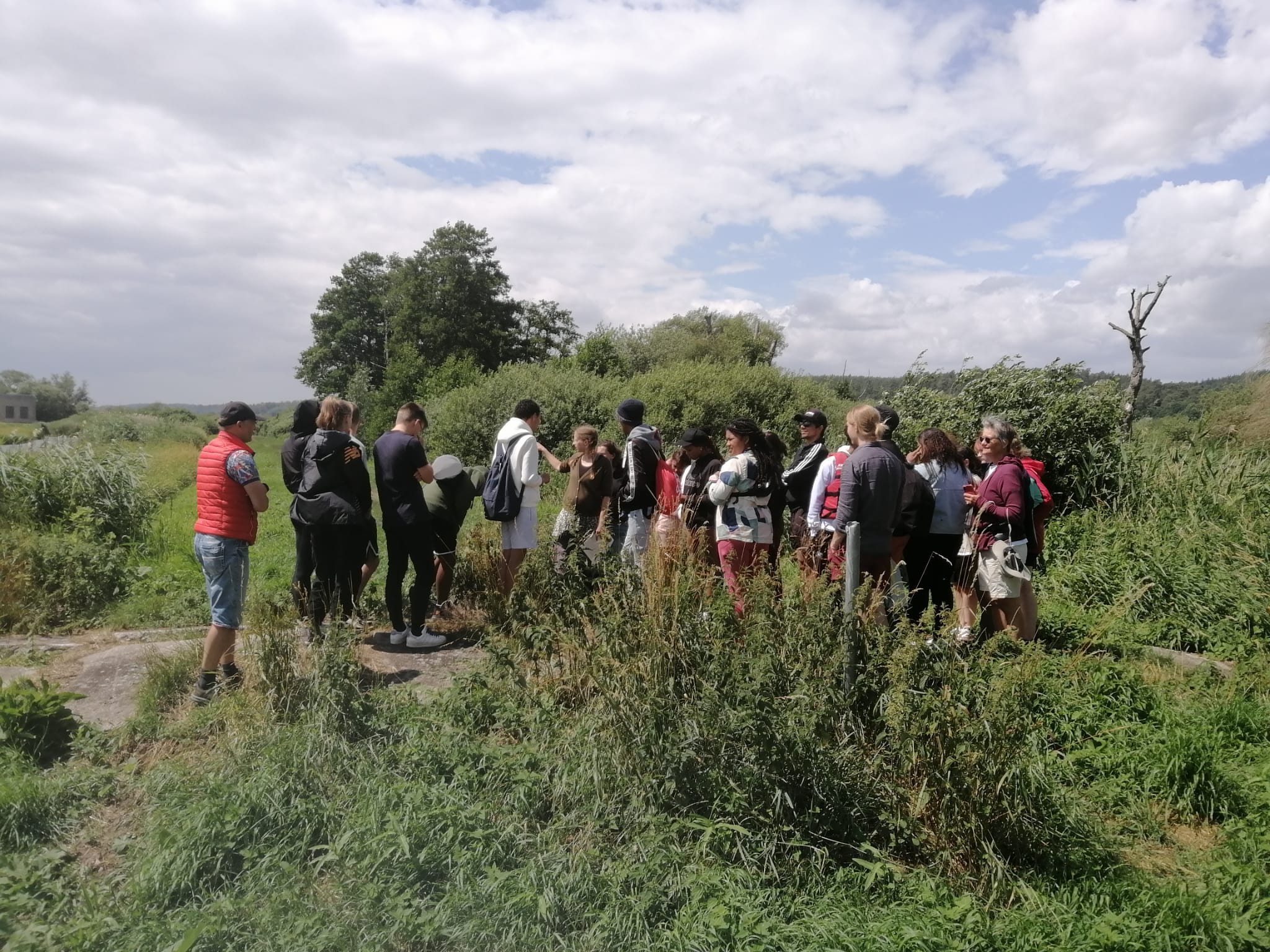The Importance of Peatlands
Peatlands, also known as peat bogs or are unique ecosystems characterized by wet conditions and a significant amount of dead plant material. These ecosystems can be easily recognized by the presence of plants such as mosses and heather. The wet and acidic environment of peatlands plays a crucial role in preserving organic matter.
Peatlands and Climate Change
Peatlands play a vital role in mitigating climate change as they store an enormous amount of carbon. In fact, the carbon stored in peatlands surpasses the carbon stored in all the world’s forests combined. However, damaging or draining peatlands can result in the release of this carbon as greenhouse gases, contributing to climate change. Hence, it is imperative to protect and restore peatlands as part of our efforts to combat climate change.
Formation and Distribution of Peatlands
Peatlands have formed over thousands of years as plants accumulated in wet areas. The lack of oxygen in these environments causes the slow decomposition of plants, resulting in the formation of peat, which is essentially partially decomposed organic matter.
Biodiversity in Peatlands
Peatlands are home to a diverse range of tiny organisms that have adapted to their unique conditions. These microorganisms play a crucial role in breaking down dead plants and releasing nutrients that support the growth of other plants and animals within the ecosystem.
Sustainable Use and Conservation
Using peatlands for activities such as extracting peat or draining them for farming can have detrimental effects on these ecosystems. These practices alter the natural water flow, release stored carbon, and cause irreversible damage. A more sustainable approach, known as paludiculture, involves cultivating crops without draining the peatlands.
The Importance of Protecting Peatlands
Personally, I strongly believe that peatlands are incredibly valuable resources that require our protection. Not only do they store carbon, but they also support biodiversity, which is crucial for maintaining a healthy environment. Conserving and restoring damaged peatlands should be a priority, and we can achieve this through the use of sustainable practices and by raising awareness among industries, and the general public.
A Comprehensive Approach
Addressing the challenges related to peatlands requires a comprehensive approach. This includes implementing stricter rules for peat extraction, promoting sustainable land use, and finding alternative livelihood opportunities for those who depend on peatland resources. Additionally, investing in research and monitoring efforts can help us better understand peatland ecosystems and develop effective conservation strategies. By combining conservation, restoration, and sustainable management practices, we can preserve peatlands and the benefits they provide for future generations.
Anzio
South Africa
